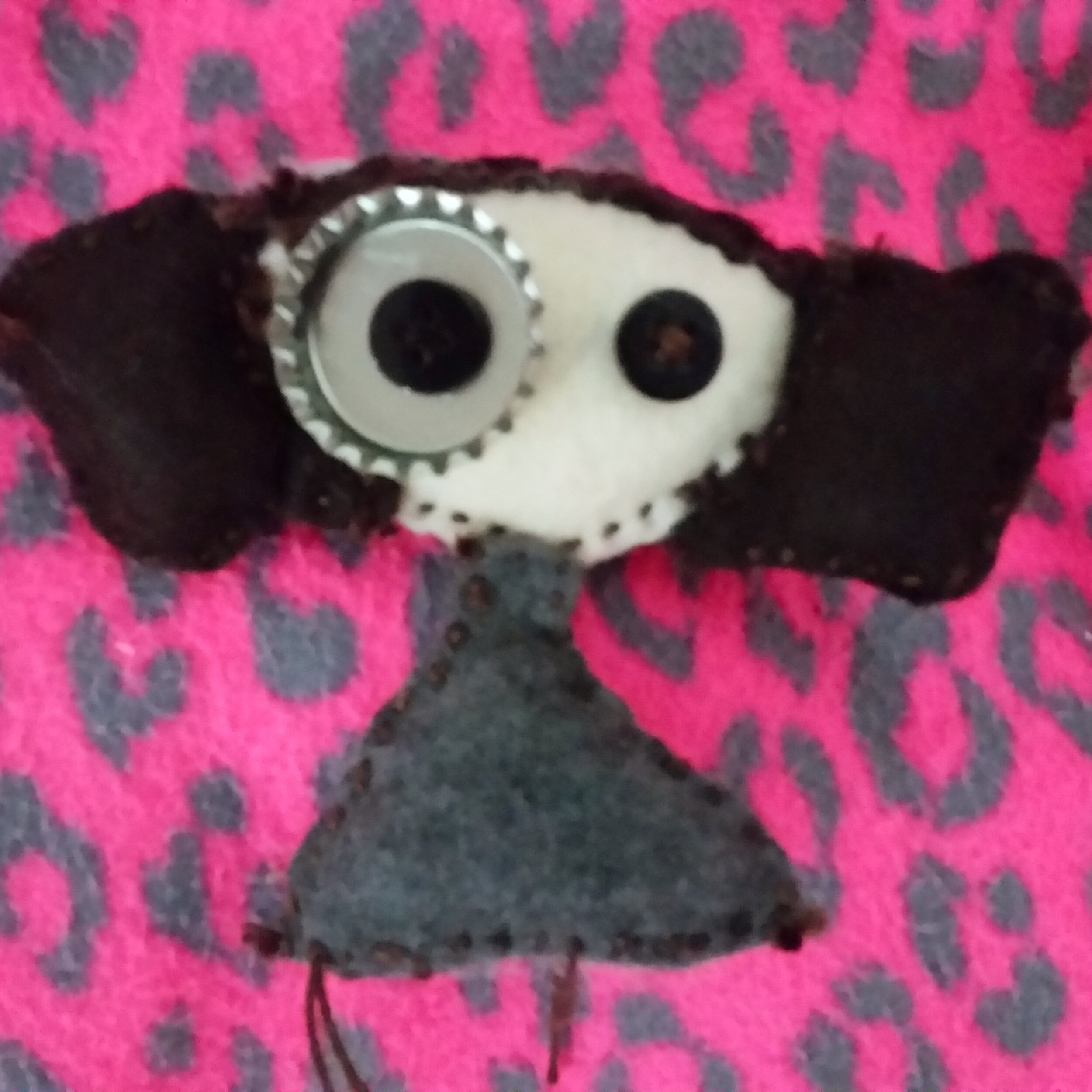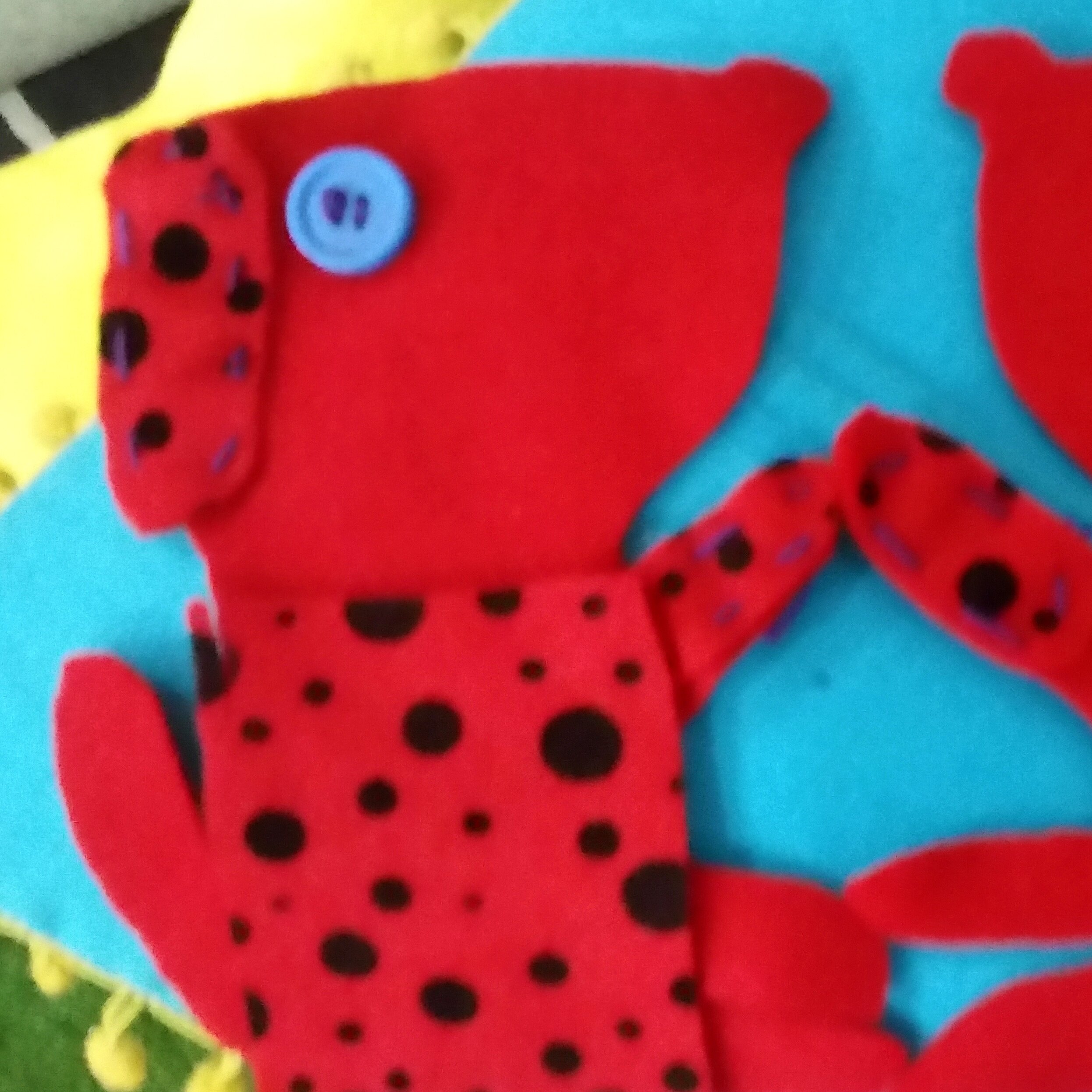
Welcome to the Toy Mill, young apprentice!
You now form part of an elite guild of tinkerers, artificers and gadgeteers.
Our noble workshop hails from the Victorian era and was founded by distinguished machinist, Master Elys Steele. I would introduce you, but Master Elys is away at the moment…. Said something about traveling to the Early Renaissance and doing some research on the Hobby Horse. But no worries! I’m here to help you explore our world of novelties, playthings and other curious creations.
The name is Cogs, by the way! And let’s get on our way!

The Machinist’s Shop
This is our shop. Isn’t it marvelous?! We have a vast array of motors, sensors, nuts and bolts, wood, textiles, gears and lights – many curious objects that will serve as the building blocks for your very own toys.
Toys can be made out of anything, really. As an apprentice, you will experiment with materials. Discover their properties. Imagine the possibilities that each material affords.
You will play with toys. You will study them. You will tear them apart and put them back together again.
At times, you will forge toys out of metal. Other times, you will forge them of wood. Or paper. Or pixels. You may create creepy-cute monsters that giggle or rockets powered by water. You may create a robot using scrap metal and other recycled material. One windy day, you may fancy creating a kite with a camera mount that will take photographs of your city.
First, dream it. Then we’ll help you build it. Welcome, apprentice! So much awaits!
Gallery of Toys, Novelties and Curiosities

Dear Parents
Good day, esteemed parent! We understand that you would like to enroll your child as an apprentice at The Toy Mill. Wonderful!
Toy making is a fine art. As an apprentice, your child will learn much about the properties and affordances of various materials and build unique toys that move or see or speak.
In this page, we outline some of the learnings in store for our Toy Masters-to-be. We also encourage you to visit the Machinist’s shop and the Gallery of Toys, Novelties and Curiosities for more information.
Domain-Specific Skills
Designing
Building
Designing
Testing
Toy Hacking
Soldering
CNC Milling
3d Modelling
Core Values and Practices
Imagining
Each workshop provides an empty space, where participants imagine what is possible. Participants are encouraged to pursue their own interests and forget creations of their own vision and dreams.
Researching. Finding inspiration.
Participants are given the opportunity to read books, watch films, play games, surf the Web, visit museums, go on field trips, survey the works of other makers and explore Sparklelab’s library. Participants immerse themselves in a variety of media and art forms, which inspire and inform their own work.
Exploring. Tinkering. Experimenting.
In designing toys and games, creating jewelry, writing code or developing narratives, an integral part of the learning process is discovering the properties, affordances and defining characteristics of each medium.
Designing. Creating. Procedural thinking.
Participants develop preliminary blueprints for their design and create an initial prototype. Integral to the design and creation process is that of procedural thinking: outlining essential steps in the production process and ordering these steps so as to yield the intended result.
Iterating
Throughout the workshops, participants engage in an iterative design process: brainstorming and imagining; designing; developing a prototype; sharing this prototype with others; receiving feedback; and improving upon the initial design based on one’s own reflection and the feedback of others.
Inquiring
Participants are placed in situations that arouse their curiosity about the ways things work and are encouraged to raise questions – and find answers – to the underlying rules and logic that govern them.
Connecting. Sharing.
Participants share their creations with other makers in the Philippines and throughout the world. They share knowledge, insights, skills and a passion for making. They learn from one another in communities of practice. They connect through shared interests and support one another in the pursuit of their dreams.
Learning by doing
Participants learn by immersing themselves in a variety of experiences. All learning occurs in context, through trial and error.
Reading and Writing
Participants are given opportunities to understand and make meaning of, and produce: essays, poems, graphic novels, films, animations, games, music, maps, apps,blogs, tweets, visual data, code, simulations, dance, plays..
Analyzing. Synthesizing knowledge. Creative problem solving
Participants are given tools to think critically; to break down a problem, a phenomenon, or a system into its component parts so as to gain a deeper understanding of the premises that underlie it. Participants may tear a toy apart in order to examine gears, springs or motors and understand how and why movement occurs. They may evaluate a film’s narrative structure or diagnose a malfunctioning circuit. The ability to analyze is reinforced with opportunities to make connections, and through the learning’s and understandings gleaned, develop innovative solutions to a myriad of problems.
Intelligent Resourcing
Participants learn to draw upon a variety of resources in creating their projects: books, Web sites, newspaper articles, subject matter experts, their peers, and many more. They determine areas in their work where resources are needed; outline what needs to be known; map out where and how to gather the resources they need; and how to evaluate their veracity.
Failing
Participants feel that failing is safe, failing is necessary, and that success depends upon learning from failure.
Collaborating
Participants share ideas, engage in simulations and develop projects together, learning from one another throughout each workshop. They play test each other’s games, watch each other’s animations, and provide constructive feedback regarding the work of their peers. Many times, various participants assume particular roles for projects (producer, camera man, editor, actor) and work collaboratively to achieve a particular goal.











































